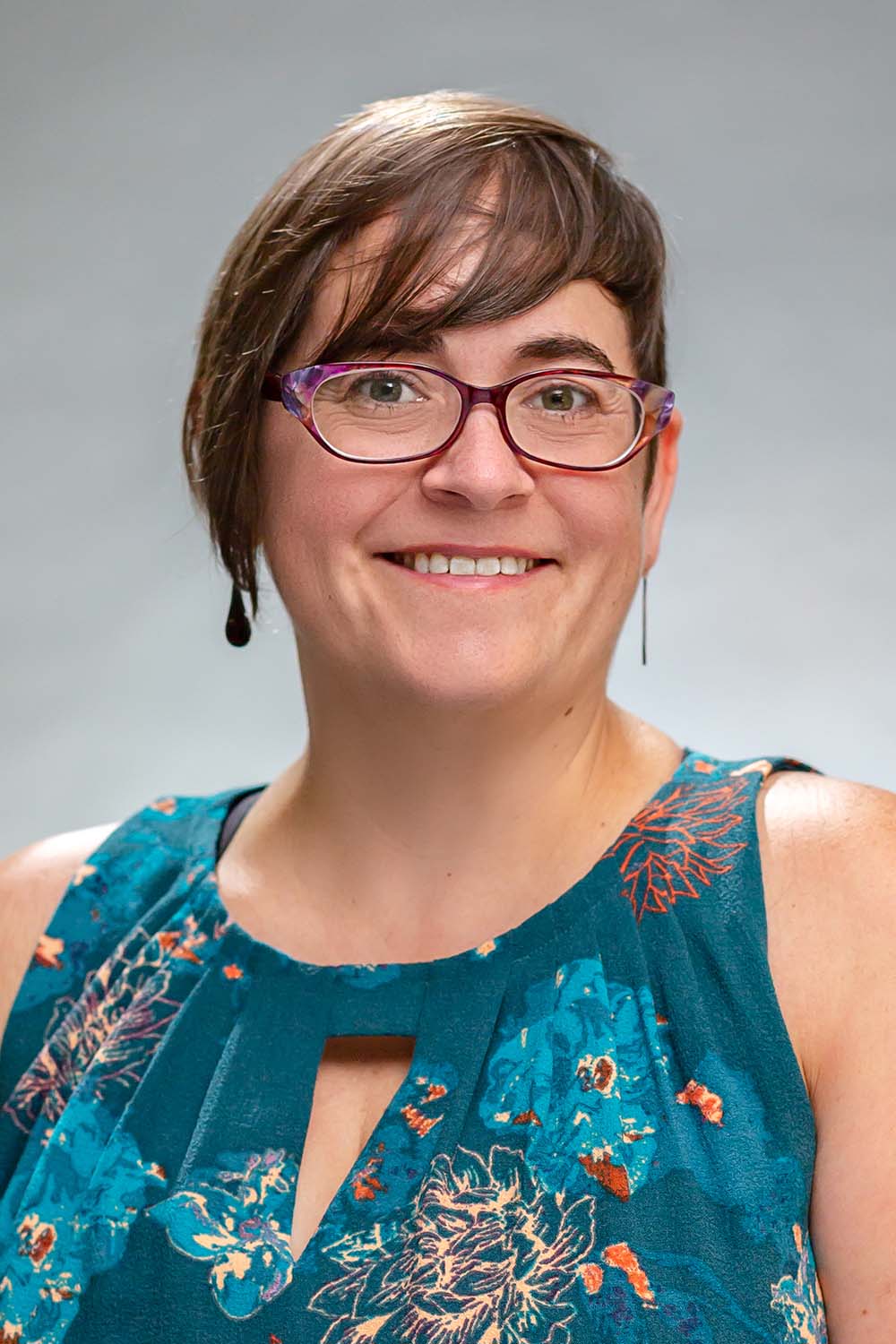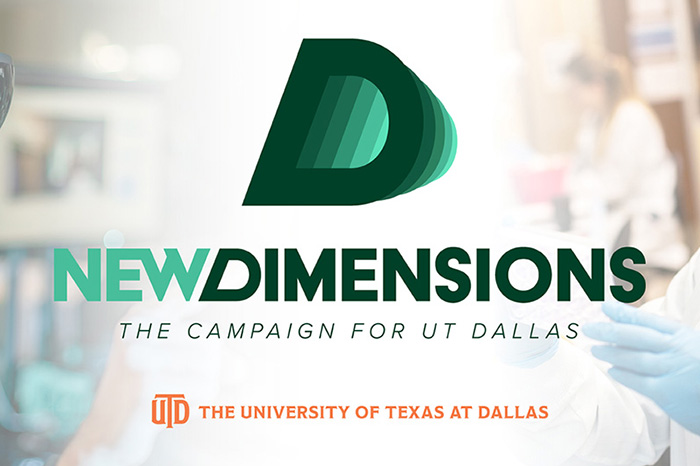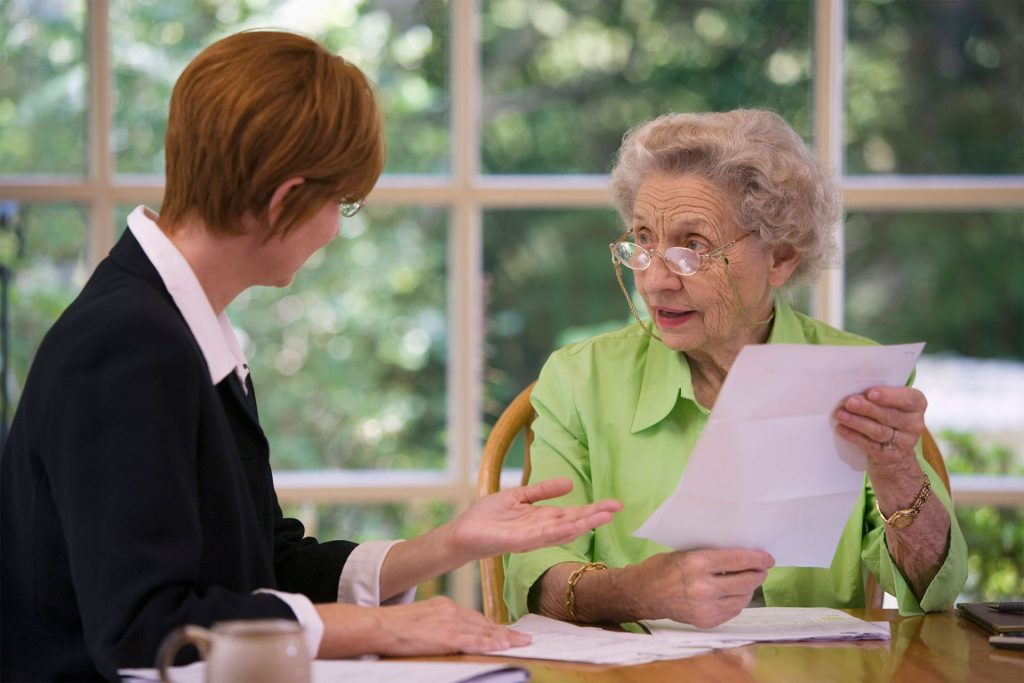
A new study by University of Texas at Dallas researchers examining how older adults learn to trust might shed light on why they tend to fall for financial scams more often than younger adults.
A research team led by Dr. Kendra Seaman, assistant professor of psychology in the School of Behavioral and Brain Sciences and the Center for Vital Longevity (CVL), is corresponding author of a study in the May 2023 print issue of the journal Neurobiology of Aging that compared how older and younger adults learn to trust other people.

“We came in expecting to find that the older participants would rely more on positive feedback from their interactions than on neutral or negative results — so-called positivity bias — and that they would learn at a less efficient rate than the younger group,” Seaman said. “Our results didn’t validate either of these ideas. Rather, they suggest that older adults vary in the ways they use social cues to make assessments.”
Seaman said that studying trust and aging is important to her because her own family members, and those of friends, have been targeted in financial schemes. This project, she said, left her with more questions than answers.
“We’re still very much trying to figure out what’s going on here,” she said. “Other studies have assumed that there was a learning problem in older adults, but we don’t see that. Our analyses revealed several other potential mechanisms that should be assessed in future work.”
In the study, 63 male and female participants were divided into groups: a 19- to 32-year-old group and a 61- to 80-year-old group. Each participant played a trust game 45 times to measure social associative learning while undergoing functional MRI (fMRI).
In each game, participants started with $9. They had to decide whether to share nothing, $3, $6 or $9 with one of three simulated partners represented only by a face and a name. Whatever amount given to the partner was quadrupled, and the fictional partner then shared either half or none of the quadrupled amount with the participant. Partners were discreetly categorized as trustworthy, somewhat trustworthy, or untrustworthy based on how often they shared the proceeds with participants.
As they played 15 times with each partner, the participants were graded on whether they learned from their investing experience and adapted their choices to their partners’ behavior, or social cues. While both age groups gradually gave more money to trustworthy partners and less to untrustworthy ones, the learning effect was blunted in older adults.
“However, contrary to our predictions, age-related differences in learning to trust were not due to differences in updating assessments of a partner in response to positive and negative feedback,” Seaman said.
“Contrary to our predictions, age-related differences in learning to trust were not due to differences in updating assessments of a partner in response to positive and negative feedback.”
Dr. Kendra Seaman, assistant professor of psychology in the School of Behavioral and Brain Sciences
When researchers looked at the older adults individually, they saw that some learned and behaved similarly to younger adults; however, some did not learn at all. Those individual differences led researchers to examine more closely what happens in the brains of older learners versus the brains of older non-learners.
“Analyses of the fMRI data revealed several differences in neural processing, modulated by learning as well as age,” Seaman said. “People who were learning from feedback were using the brain regions we would expect, namely those regions associated with things like memory and learning and putting themselves in other people’s shoes, which we call mentalizing. The people who weren’t learning didn’t show activity in those same brain regions.”
The study suggests that scientists should re-examine some assumptions they make about older adults, including the strength of positivity bias, Seaman said.
“Positivity bias posits that older adults tend to remember and act on positive information more than negative or neutral information,” Seaman said. “Applying that here, we thought that we could use computational models to measure that. What we found is that paying more attention to positive than negative feedback doesn’t relate to age.”

To learn more about how UT Dallas is enhancing lives through transformative research, explore New Dimensions: The Campaign for UT Dallas.
At the end of the experiment, participants were asked to rate each partner in terms of likability. Younger adults showed a stronger link between the amount of money they chose to share and their post-experiment ratings of each partner. The older participants on average rated the predictably untrustworthy partner slightly more likable than the less predictable, neutral one.
“This suggests that as a group, older adults in our study did not retain explicit memories to the same extent as younger adults,” Seaman said. “It’s possible that the older non-learners were using something else to guide their post-experiment ratings, such as the biases they came in with.”
Seaman said that previous research has shown that some older adults rely on their initial impressions of faces and fail to learn when their initial bias is contradicted.
“At its core, this is a learning task, and sometimes, older adults don’t need to learn as well because they’ve been around — they have a lifetime of prior experiences they can rely on,” Seaman said. “Younger adults really need to learn; they haven’t had as many experiences. Indeed, it may be their accumulated experience that prevents older adults from learning in this kind of situation.”
The researchers concluded that “a better understanding of how older individuals learn to trust is crucial given that they are often targeted by fraudulent schemes that take advantage of their excessive trust.”
In addition to Seaman, who oversees the Aging Well Lab in the CVL, other contributing authors were from Vanderbilt University, Emory University School of Medicine, and University of North Carolina campuses in Chapel Hill and Greensboro.
The research was supported by the National Institute on Aging (grants R24-AG054355, T32-AG000029 and K01MH126308).
